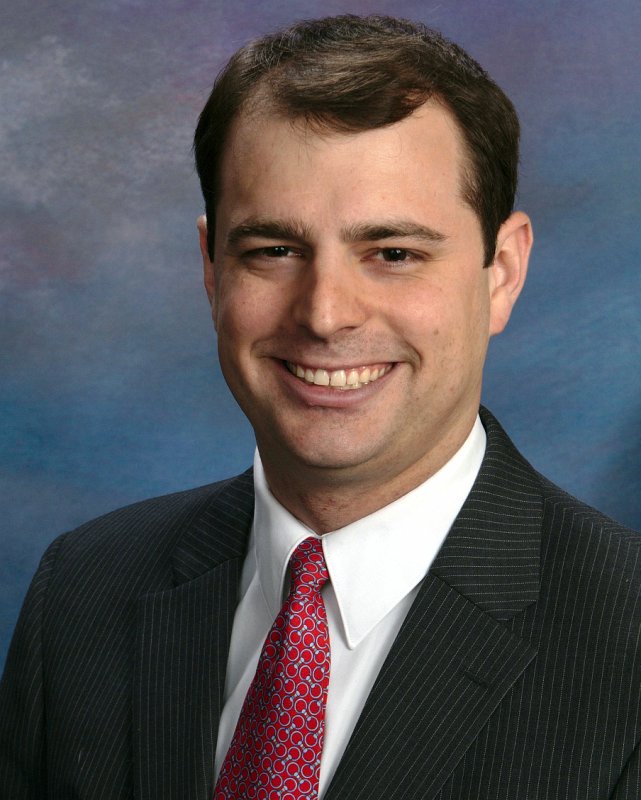Sweetness And Power & Light
I want to follow up briefly on the pieces recently published in The American Spectator and here on the blog about entertainment district subsidies in the Show-Me State. Michael Rathbone’s review of Saint Louis’ Ballpark Village is worth your time if you haven’t read it yet. But I want to highlight again Kansas City’s own tax incentive sinkhole, the Power & Light District. The Wall Street Journal video below is an oldie but goodie that captures how expensive the city’s entertainment district gamble has been — and how expensive it will continue to be in the years ahead.
The cost of the city’s plan has actually gotten worse since the Journal published this video in 2012. Just a few months ago, the Kansas City Council actually voted to refinance the district’s debt to help pay for pensions, extending the term of the repayment period and adding tens of millions of dollars to the district’s cost.
The refinancing calls for adding seven years to the Power & Light entertainment district’s debt payments, from 2033 to 2040. It lowers the payments from 2015 through 2019 and frees up cash to help pay for pension reform, especially in the 2014-15 budget. But it bumps up the debt payments between 2020 and 2040, a net increase in overall debt of $36 million.
Who’s going to pay for all of these costs? Kansas Citians, of course, most likely through higher taxes, lower services, or a combination of the two. Businesses that have to compete with the newly subsidized competitors will also be paying for it not only in tax dollars but in customers, too, as their clientele are diverted to new taxpayer-funded developments. If these massive projects were going to work, they should be able to make it on their own, and as the Spectator observed:
The forbidding economics of these projects should be evident from the start, since their need for subsidies shows that they have inadequate market demand. Yet they continue to open, representing the fallout that occurs when officials speculate with public money.
That chronic speculatory impulse of Missouri’s public officials must stop. If our local and state governments can afford to massively cut taxes for some, they can afford to cut taxes for all. That’s the direction in which tax policy in this state must continue to move.


